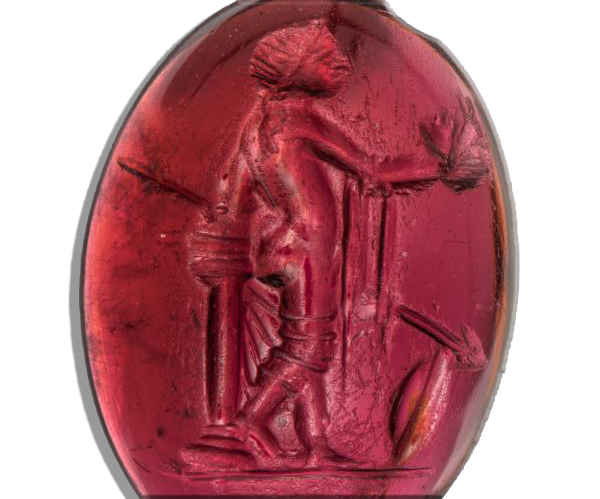Virtual Exhibition Tour Available here below
Emory University, Michael C. Carlos Museum
Atlanta, Georgia, USA
According to Emery University, “Making an Impression: The Art and Craft of Ancient Engraved Gemstones” is the first exhibition of ancient gems in the southeastern United States. Unfortunately, we did not hear about it until today, just 3 days away from its closing. The exhibition, produced by the museum’s curator of Greek and Roman art, Dr. Ruth Allen, draws from the museum’s collection of Greek and Roman engraved gems, many of which have never been displayed publicly.
The exhibition explores the material, iconography, and function of engraved gemstones in classical antiquity.
These carved gems and gem materials show miniature images of various subjects, including gods, emperors, animals, and mythological characters.
Engraved gems in the Greek and Roman worlds were used as signets, amulets, and personal ornaments. They were worn as statements of status, wealth, and sophistication, while also as amulets, and for better health.
As described in the exhibition, engraved gems, whether used as sealstone, amulet, or personal ornament, they provide a window into life in the classical world, from cross-Mediterranean trade and the expansion of empire, to administrative practice, to the expression of gender, status and wealth and the pursuit of luxury, to encounters with the divine, and ideas about magic and medicine.
You can tour the exhibition here!
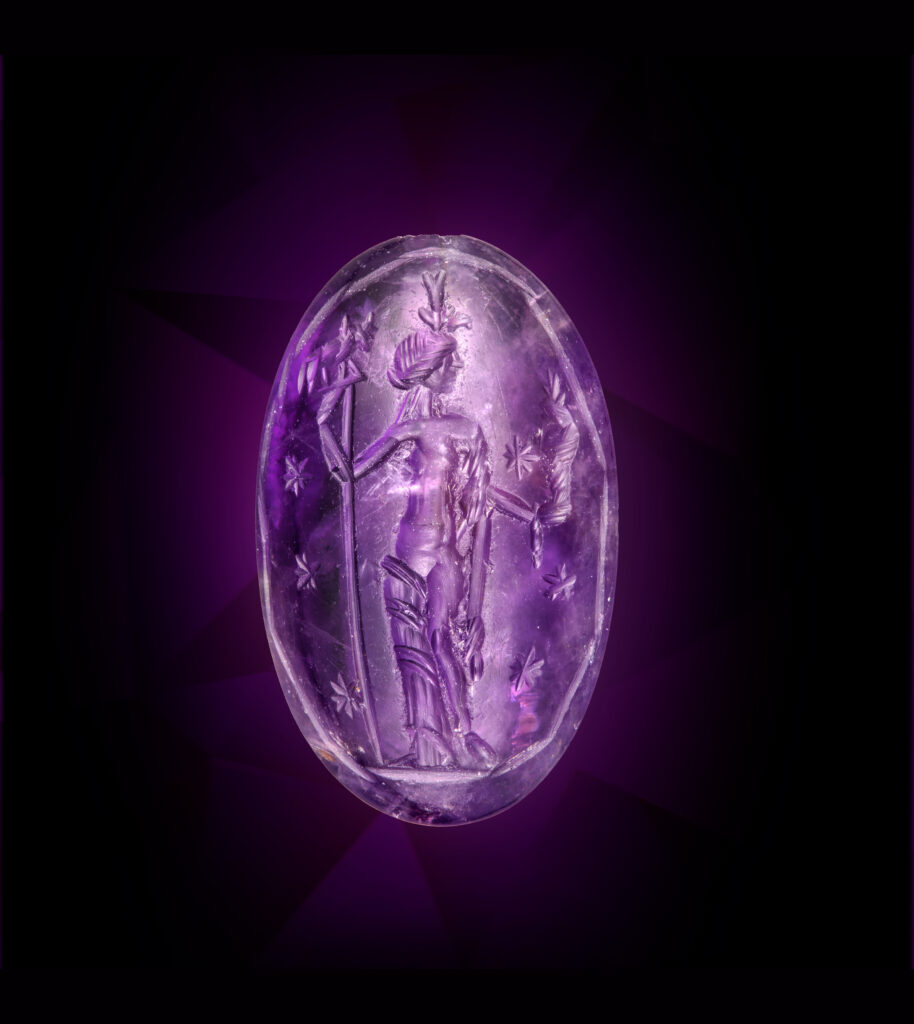
Engraved Amethyst
Intaglio depicting Isis-Aphrodite. Roman. Late 2nd -mid 3rd Century CE.
Wearing Isis-Aphrodite emphasizes fertility, marriage, and childbirth.
All images by Bruce M. White, courtesy of Emory University.

Engraved Carnelian
Intaglio depicting a bust of Galene. Roman. 1st Century BCE – 1st Century CE.
Galene is a mythical goddess representing calm seas, or perhaps calm weather or tranquility.
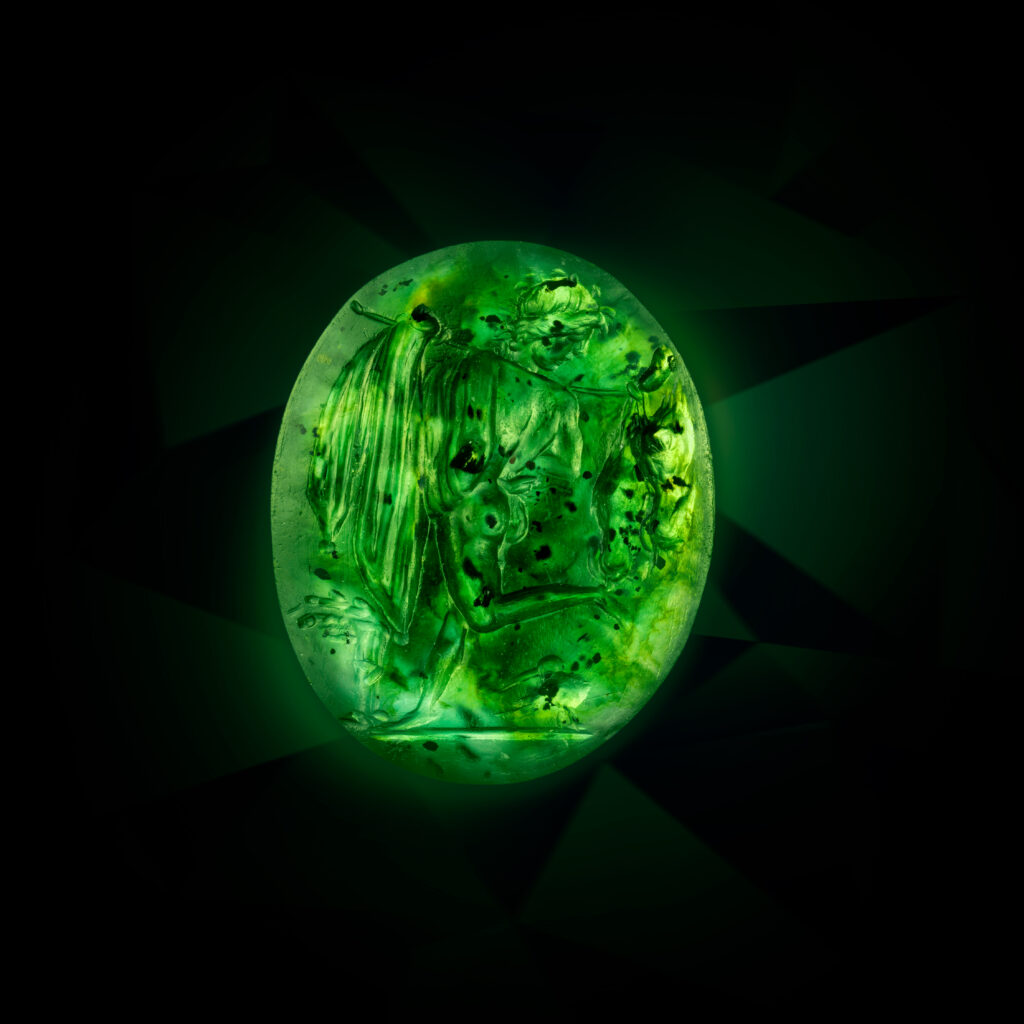
Engraved Chrome Chalcedony
Intaglio depicting a Satyr Hunting Game Birds. Roman. 1st Century CE.
A mythical half man, half goat, satyrs were followers of Dionysus, whose presence on gems often signaled the liberating pleasures of luxury.
Dionysus, of course being the god of the grape-harvest, winemaking, orchards and fruit, possibly vegetation, fertility, insanity, ritual madness, religious ecstasy, festivity, and theatre.
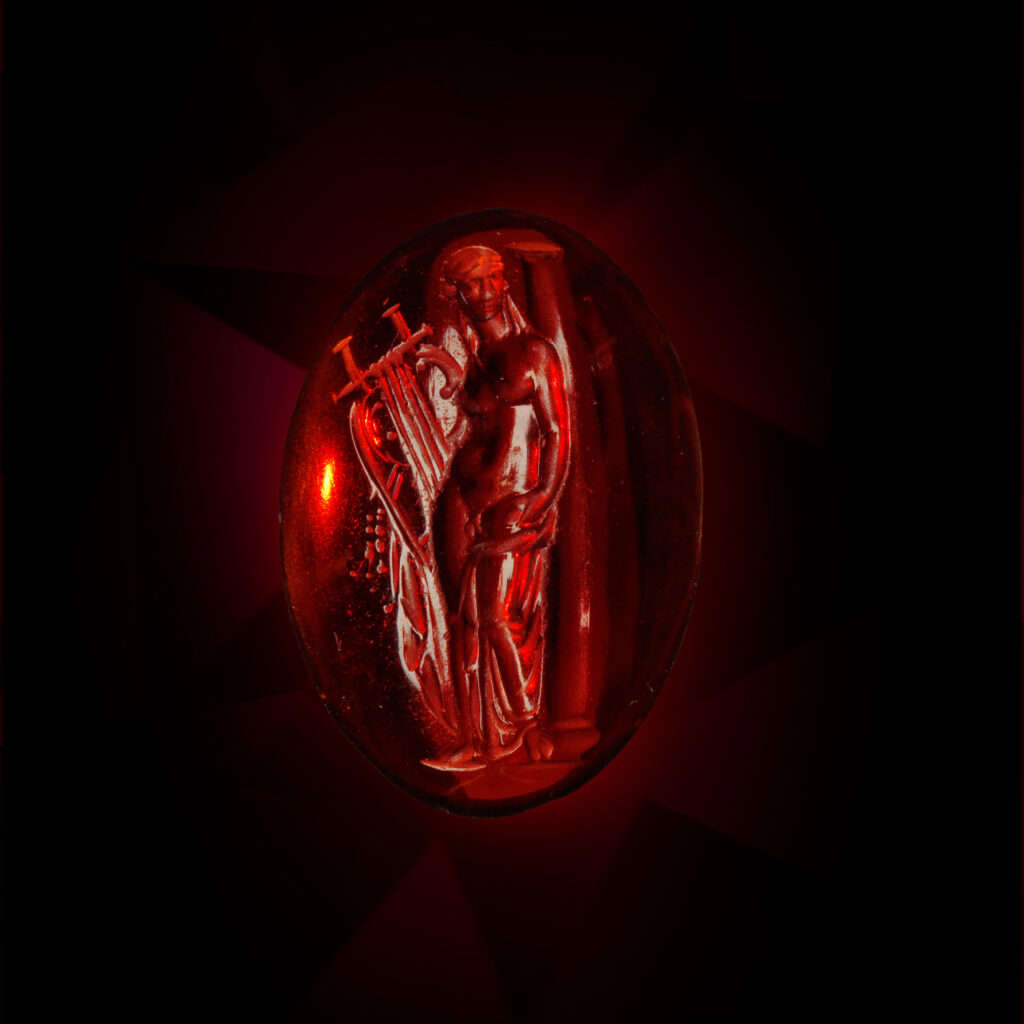
Engraved Garnet
Intaglio depicting Hermaphroditos. Greek. 2nd Century BCE.
The mythological god/goddess Hermaphroditos signifies sexuality. We will leave any further importance of its meaning to the Greek and Roman historians.
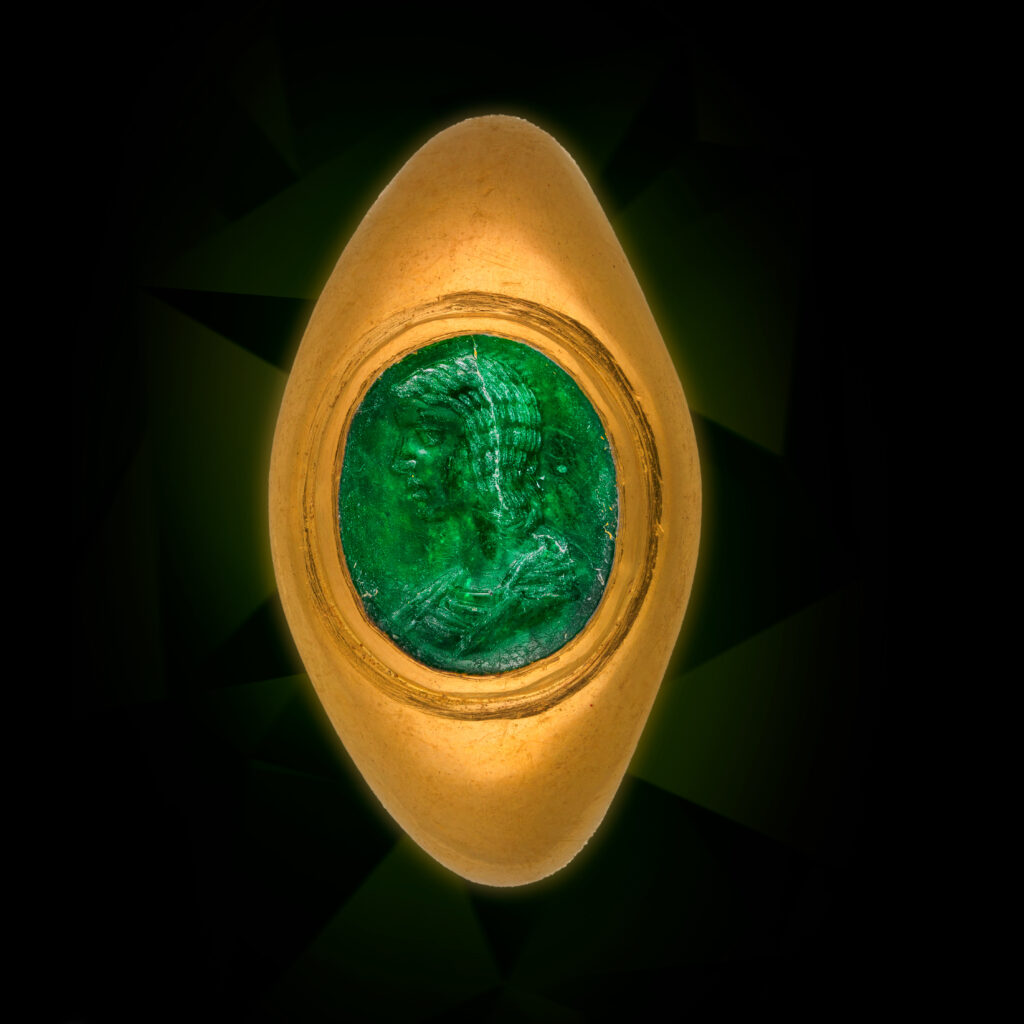
Engraved Emerald
Finger Ring with intaglio depicting a portrait bust of Plautilla. Roman, ca. 202–205 CE.
Tap here to link to the Michael C. Carlos Museum
… and to the Museum collection here too!



